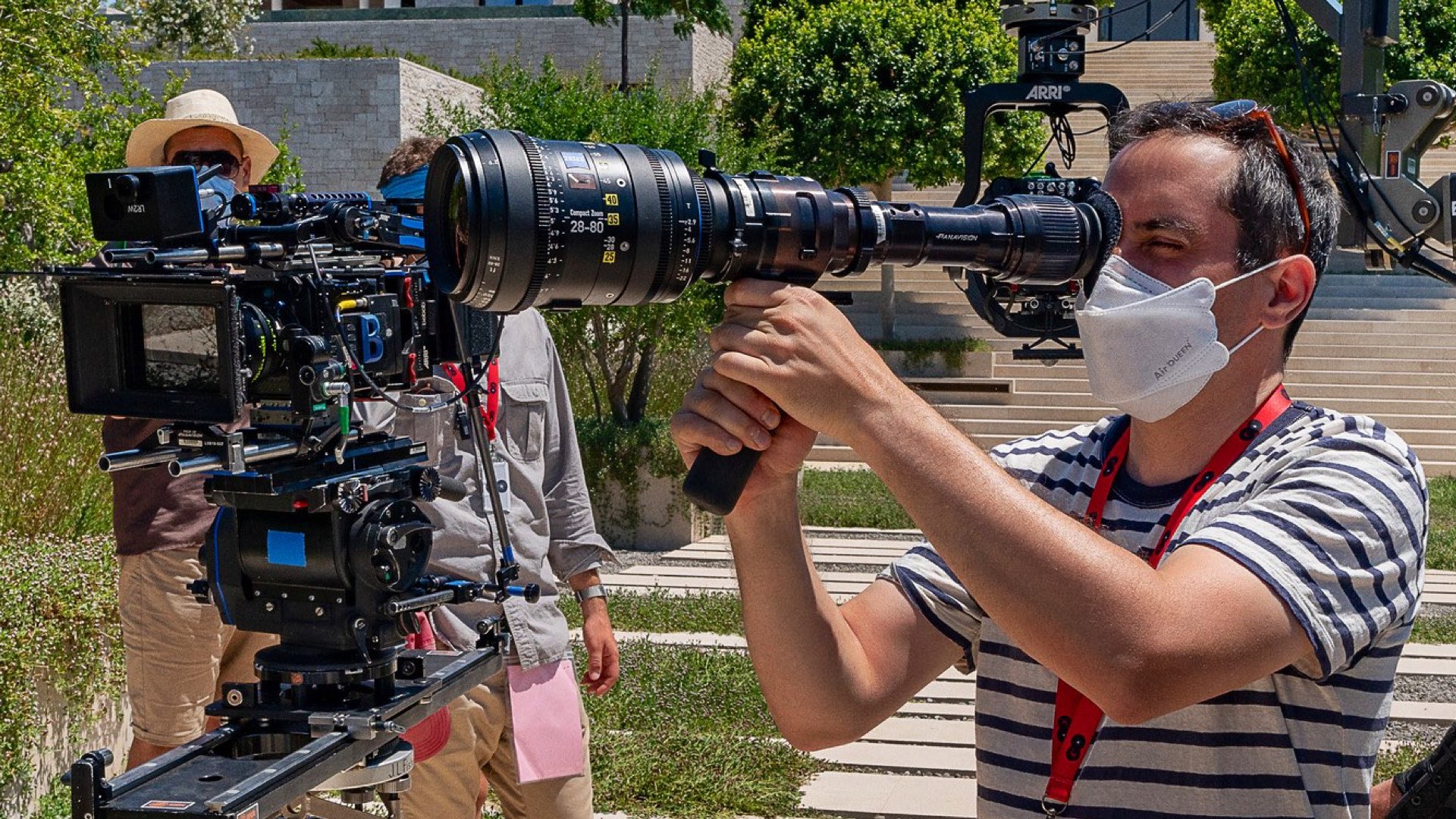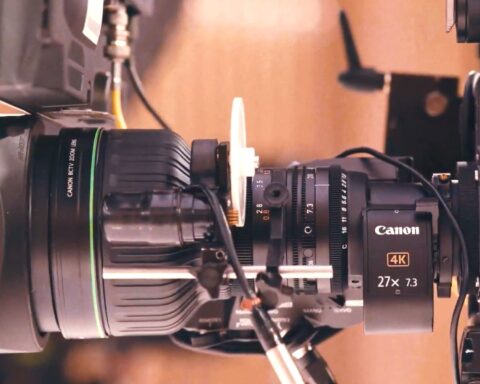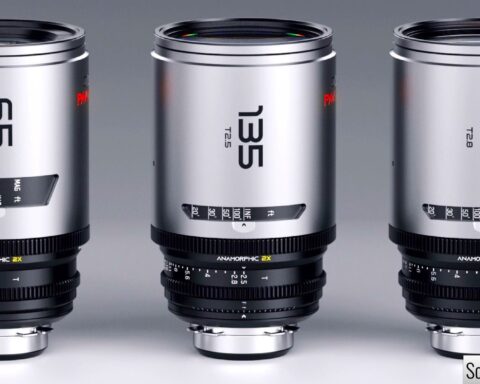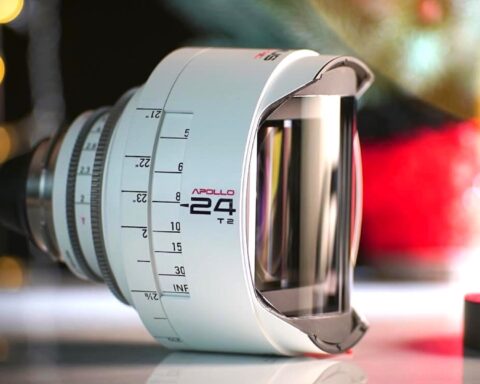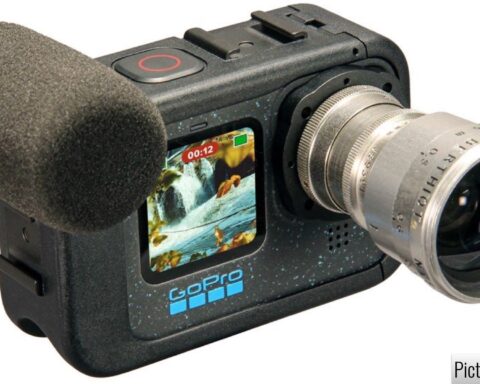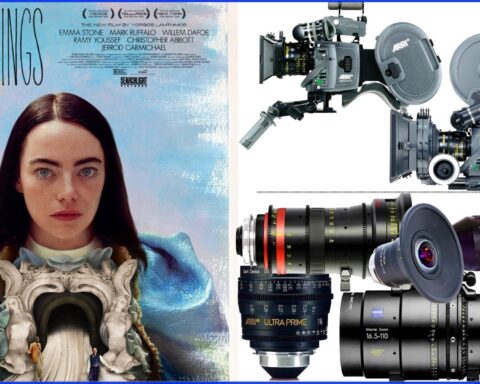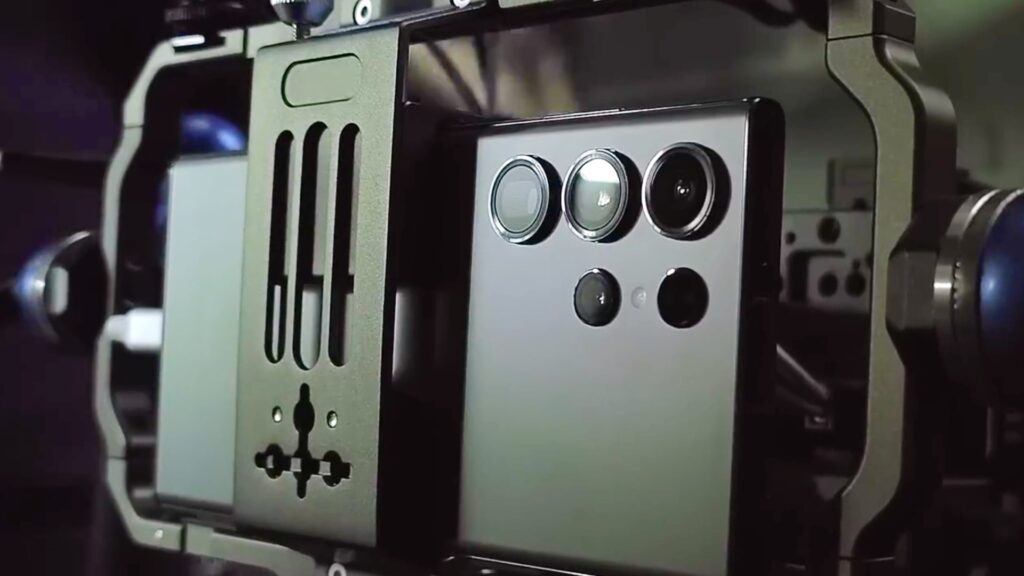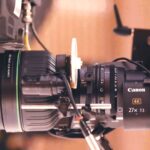The acclaimed cinematographer, Steve Yedlin ASC, sat with Zeiss to discuss the cinematography behind the beautiful film Glass Onion: A Knives Out Mystery. Read below what Yedlin had to say about camera movements and lensing, and also his advice to next-generation cinematographers.
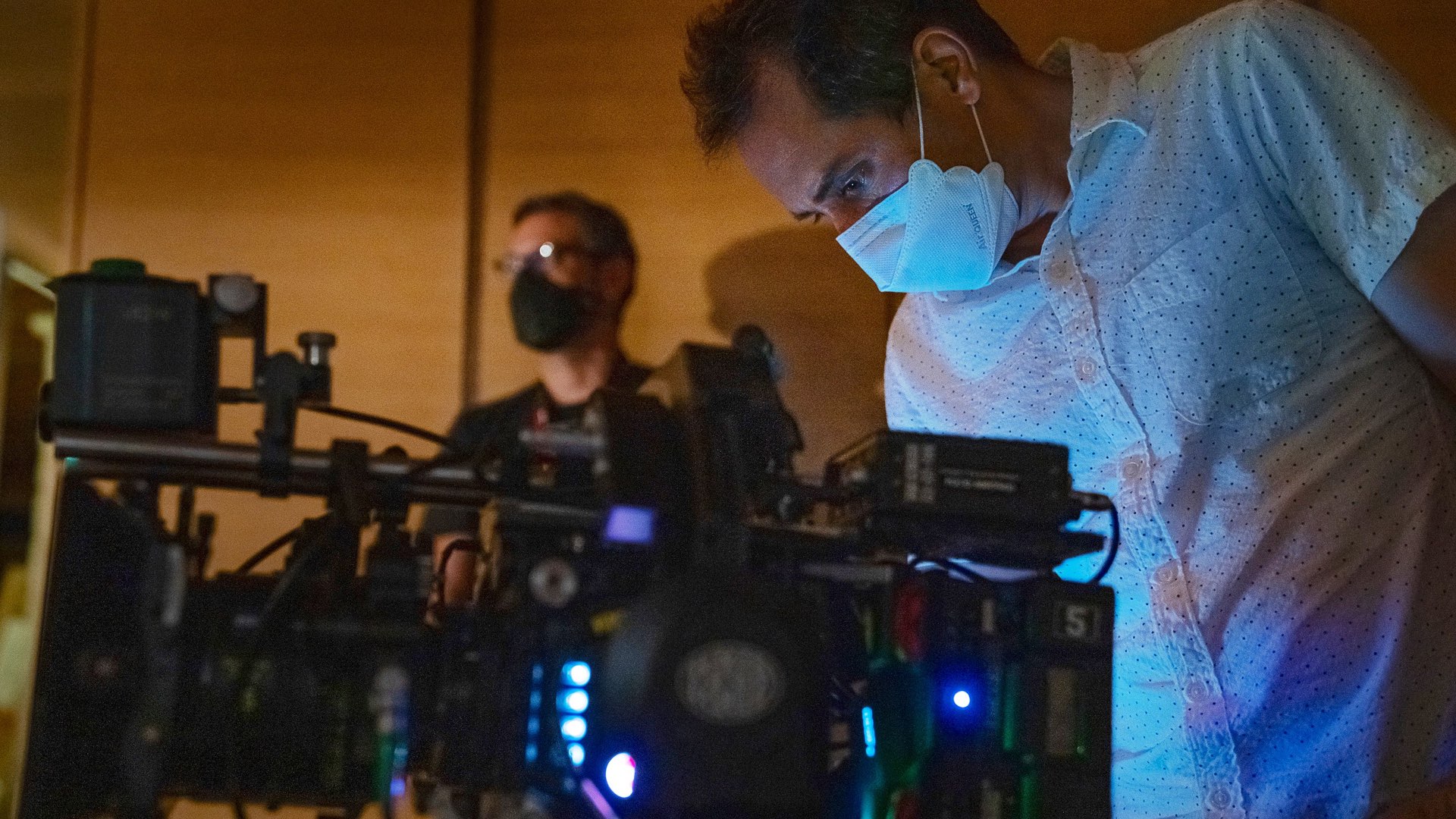
The cinematography behind Glass Onion
Glass Onion: A Knives Out Mystery is a 2022 American mystery film written and directed by Rian Johnson and lensed by Steve Yedlin ASC. Netflix began streaming it in December 2022. The film received a nomination for Best Adapted Screenplay at the 95th Academy Awards, Today Glass Onion hits a 93 on the Rotten Tomatoes scale and tops the chart on Netflix’s 10 most-watched films. Watch the trailer below:
Shot by Steve Yedlin ASC
The film was shot by cinematographer Steve Yedlin ASC on the ARRI ALEXA Mini LF paired with Zeiss Supreme Primes. The main location was a Villa in Greece, which also housed the cast and their families for the majority of the shoot. Johnson has described this as “a summer vacation where we also made a movie”. The shoot moved out of Greece on July 2021 to continue shooting interior and New York scenes in Belgrade and wrapped officially on September 2021. “We use the prep time to really dive in and design the shots and scenes that we are doing, and to help plan moves and select focal lengths,” said Yedlin. He and Johnson, which have been working together for many years, chose the ARRI ALEXA Mini LF with Zeiss Supreme Primes and Cinema Zooms for the clean look. Indeed, the film looks marvelous, super esthetic, sharp, and very highly detailed. In an interview held by Zeiss, Yedlin shared his thoughts about the lensing of Glass Onion, focusing on camera movements, lens flares, and visual storytelling in general.
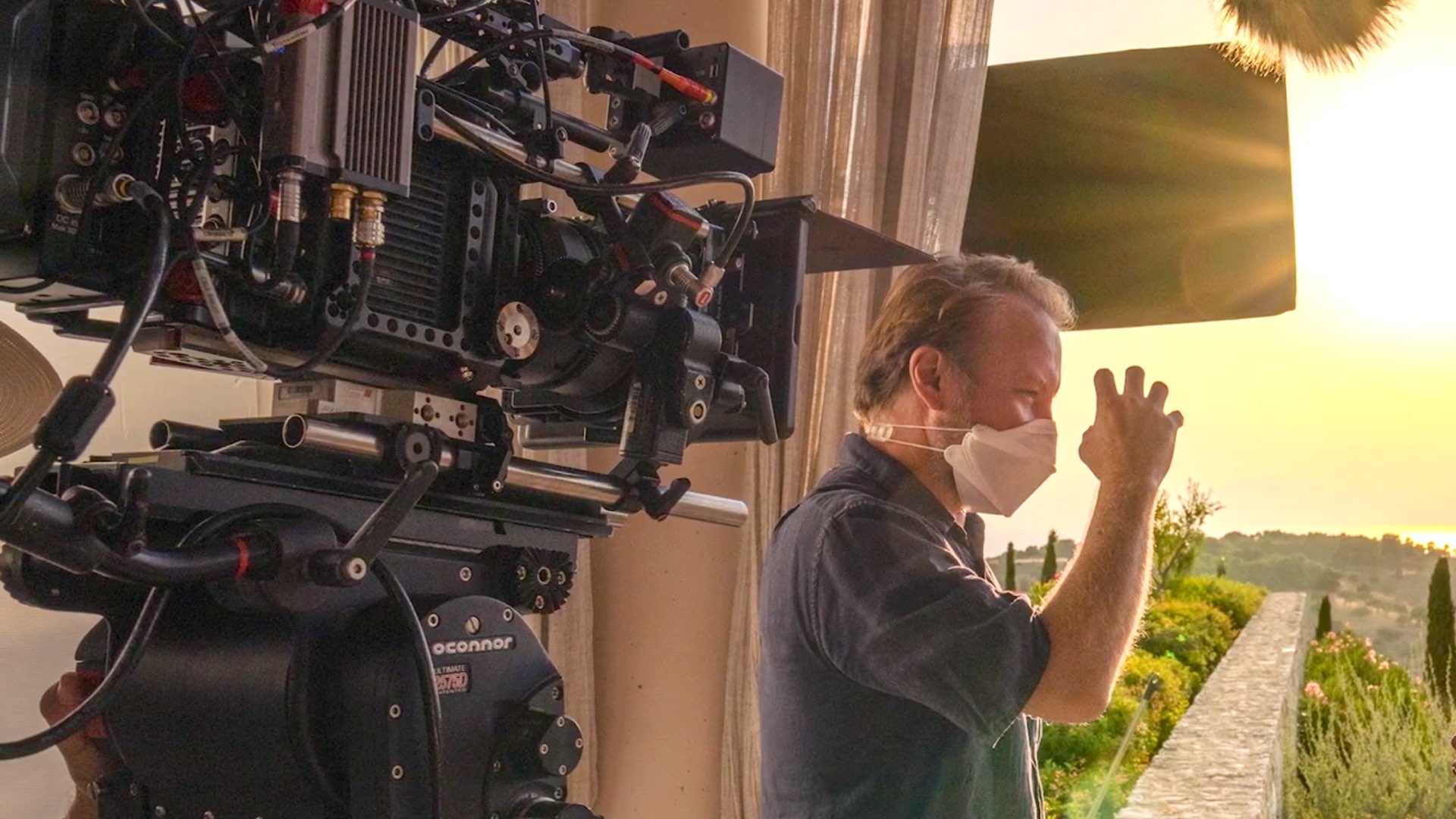
The flares are also very contained. As you overload the lens with light, you still get the flare, but you don’t get a big veiling flare that goes over everything.
Steve Yedlin ASC
Minimizing the flare
One of the characteristics of the Supreme Primes, is their clinical look, in a good way. It’s not like you’re shooting anamorphic for the ‘crazy-epic’ look. The Supremes offer a very deliberated flare. “The flares are also very contained. As you overload the lens with light, you still get the flare, but you don’t get a big veiling flare that goes over everything” said Yedlin. “To me this allows us to do much more daring lighting because we’re not leaning on the lens to take a look, we’re just leaning on the lens to deliver whatever we need to amaze”. On a personal note, it reminds us of Roger Deakins talking about the making of 1917. In an interview, Deakins stated, “I don’t like vignetting, I don’t like breathing…. Can’t stand flares”. Well, in our opinion, Yedlin owns a similar cinematography approach. Every shot is well planned regarding the flaring, as so is the movement.
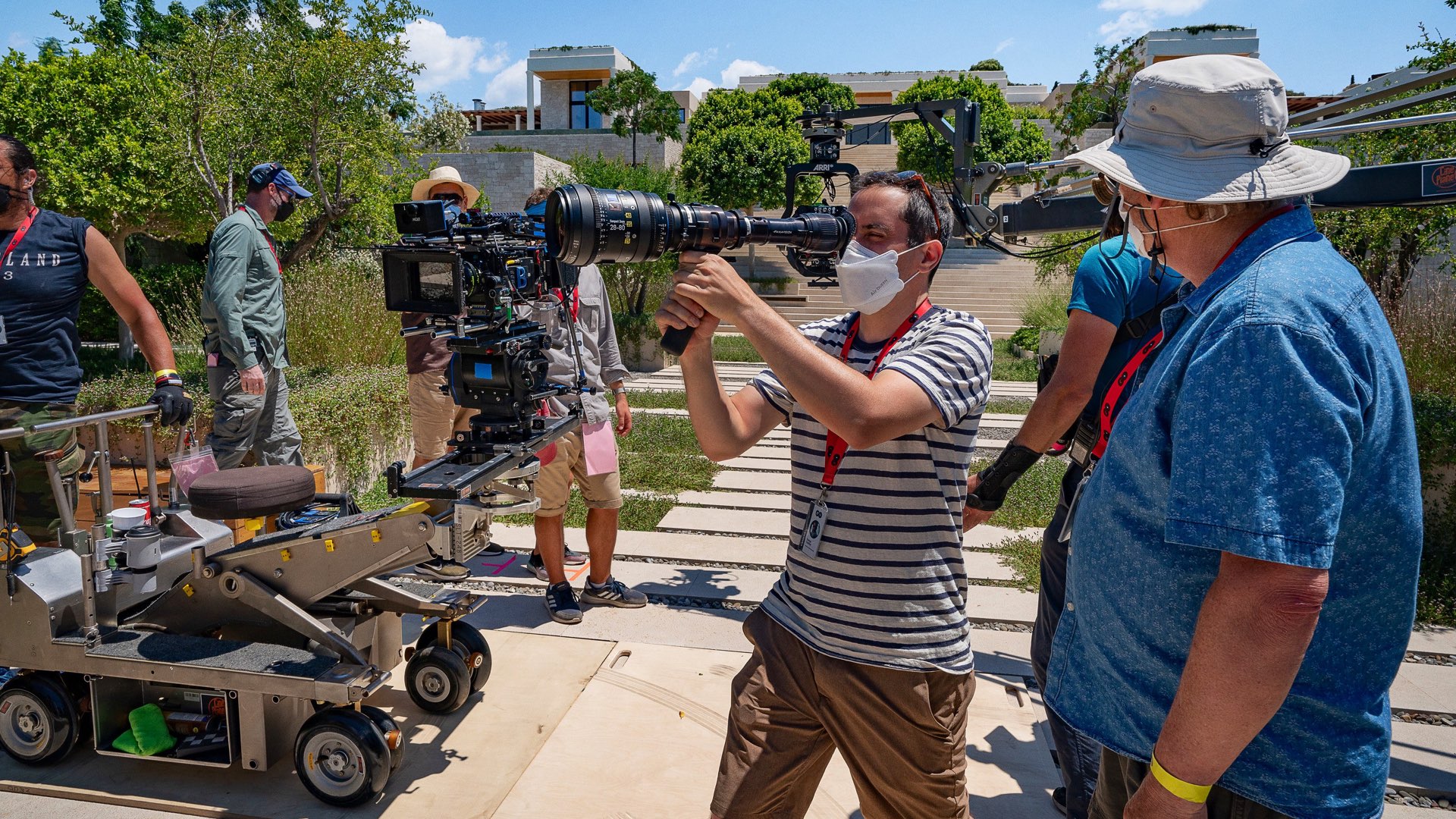
The idea is always to tell the story in the best visual way possible, not distracting from it with show-offy camera movement.
Steve Yedlin ASC
Without “show-offy camera movement”
Yedlin was also talking about one of the overused and overdosed techniques in modern cinematography, which is camera movement. “The idea is always to tell the story in the best visual way possible, not distracting from it with show-offy camera movement” he emphasized. In Glass Onion the team used a dolly in order to move the camera meticulously and keep the movement stitched to the story. “We love intentional, crafted, and exuberant camera movement that’s also meant to cut. The idea of how everything will edit together is always completely integral” he added. The idea (or tip if you may like), is to move the camera when it’s supposed to be moved, and when it contributes to the story. Many filmmakers think that in order to satisfy an easily disrupted audience, the shot must be always dynamic. However, in well-crafted cinematography, and solid storytelling, the camera movements have to be calculated accordantly. As Yedlin states: “That way we are always telling the story in the best visual way possible, not distracting from it. Something that to me is so important in cinema is the fact that when the camera is moving, it’s only moving in the way it’s supposed to be”.
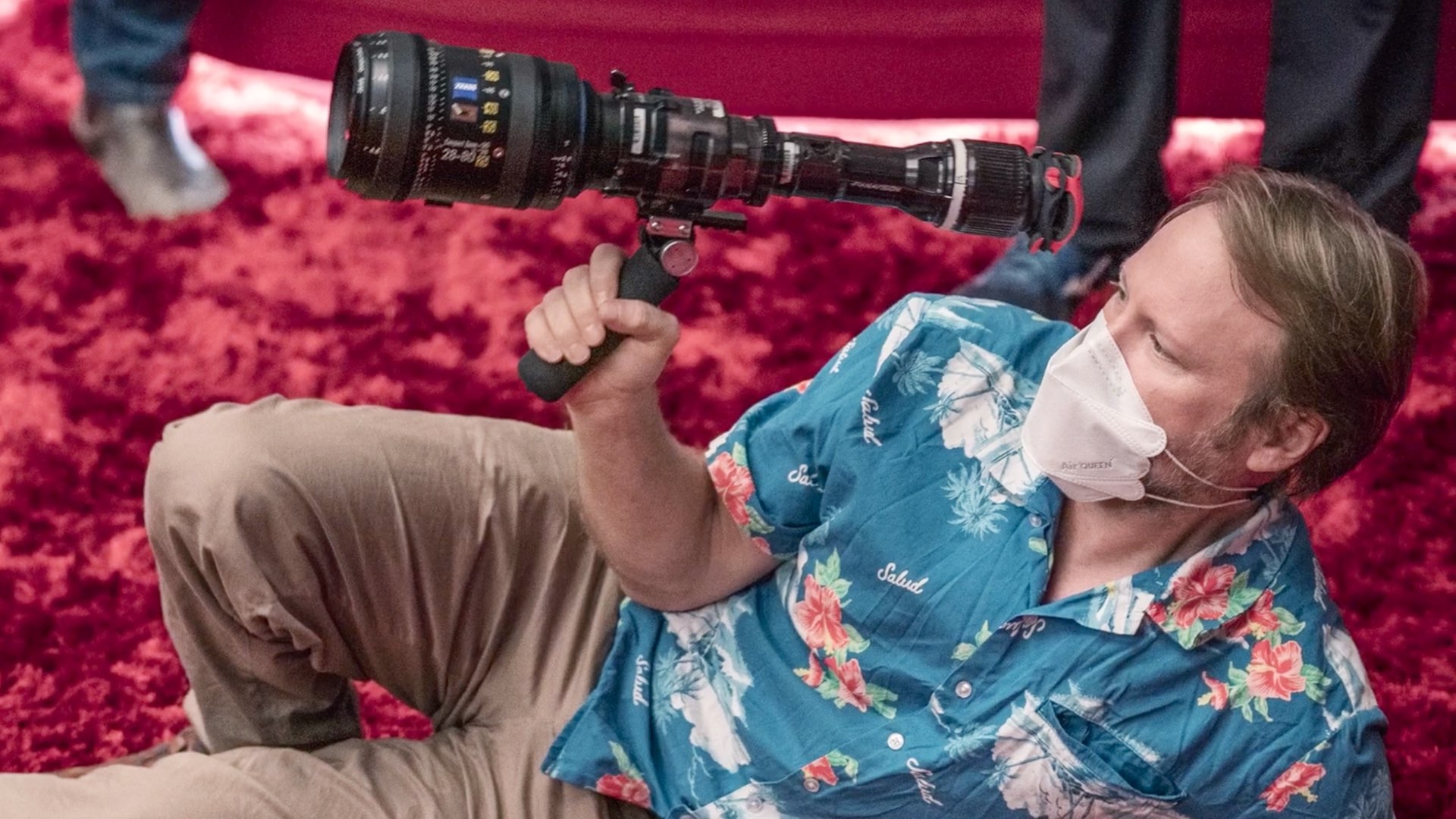
It’s not just an artistry for the end result of a film, the process of making it is really an art form.
Steve Yedlin ASC
Final advice
At the end of the interview, Yedlin throws a piece of advice for next-generation cinematographers: “It’s not just an artistry for the end result of a film, the process of making it is really an art form. My only advice for next-generation cinematographers I think is just to really be true to yourself. Because that’s that’s the only thing that makes you unique. When you’re starting out and you’re not getting where you want to go you may start to second-guess your choices. Remember though, that whatever is unique about yourself is going to be the selling point, especially when you’re doing something that’s creative, artistic, and collaborative. That’s really what makes you you”.
Post Game Questions
- Have you watched Glass Onion? What do you think about the cinematography of it?
- Do you agree with Yedlin’s approach regarding lens flares?
- Do you think that camera movement techniques are overused in order to show off?
Support Y.M.Cinema Magazine by purchasing our one-of-a-kind stainless steel model of 65 motion picture film camera – A perfect gift for filmmakers.


